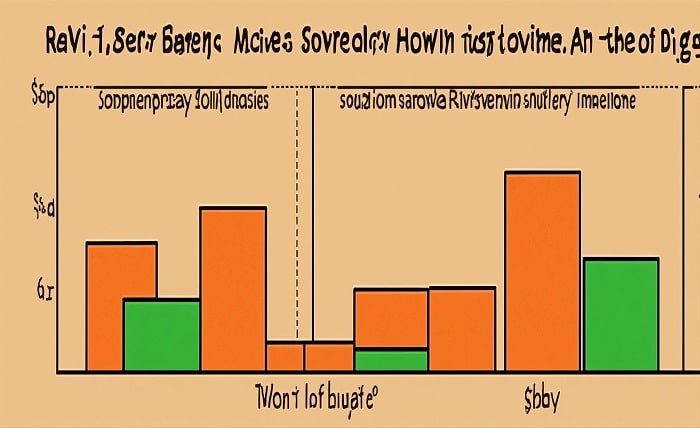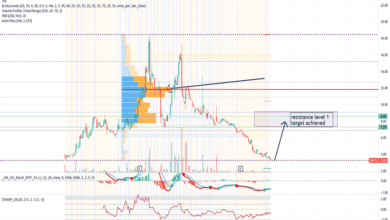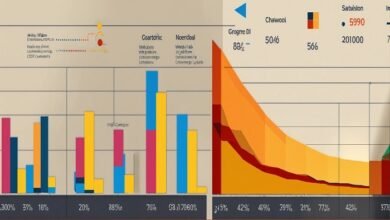
Introduction
Factor pairs are fundamental concepts in mathematics, playing a critical role in various arithmetic and algebraic operations. When it comes to the number 42, understanding its factor pairs can provide valuable insights into its properties and applications. This blog post will explore the factor pairs for 42 in detail, breaking down the concept and providing practical examples to enhance your understanding.
What are Factor Pairs?
Factor pairs are two numbers that, when multiplied together, yield a specific product. For instance, if you consider the number 42, its factor pairs are combinations of numbers that result in 42 when multiplied. Identifying these pairs is essential for simplifying equations, solving problems, and understanding number properties.
Prime Factorization of 42
To find the factor pairs for 42, we first perform its prime factorization. Prime factorization involves breaking down a number into its prime factors. For 42, the prime factorization is 2 × 3 × 7. These prime factors are the building blocks of all the factor pairs for 42.
Finding Factor Pairs
Using the prime factors of 42, we can determine its factor pairs. The process involves multiplying different combinations of these prime factors. The factor pairs for 42 are: (1, 42), (2, 21), (3, 14), and (6, 7). Each pair, when multiplied, equals 42.
Visual Representation of Factor Pairs
A visual representation can help better understand the factor pairs for 42. Drawing a factor tree or a grid can illustrate how different pairs of numbers multiply to form 42. Visual aids are particularly useful for students and educators in grasping the concept of factor pairs.
Practical Applications of Factor Pairs
Understanding factor pairs for 42 has practical applications in various mathematical problems. Whether you are simplifying fractions, solving algebraic equations, or analyzing number properties, knowing the factor pairs can make these tasks more manageable.
Factor Pairs in Algebra
In algebra, factor pairs are used to solve equations and simplify expressions. For example, if you have an equation involving the number 42, knowing its factor pairs can help you factorize the equation more efficiently. This knowledge is crucial for students tackling higher-level math problems.
Factor Pairs in Geometry
Factor pairs for 42 also play a role in geometry. When dealing with area and perimeter problems, knowing the factor pairs can help determine the dimensions of shapes. For instance, a rectangle with an area of 42 square units could have sides corresponding to the factor pairs of 42.
Educational Benefits
Teaching factor pairs, especially for numbers like 42, can enhance students’ number sense and problem-solving skills. Incorporating factor pairs into math lessons encourages logical thinking and a deeper understanding of mathematical concepts. Students can use factor pairs to check their work and ensure accuracy in their calculations.
Real-World Examples
Real-world scenarios often involve finding factor pairs. For instance, when dividing a group of 42 items evenly among people, knowing the factor pairs can help determine the possible group sizes. Factor pairs are also used in various fields such as engineering, economics, and computer science for optimization and problem-solving.
Conclusion
factor pairs for 42 is a valuable skill in mathematics. It provides a foundation for various arithmetic and algebraic operations, aiding in problem-solving and analytical thinking. By mastering the concept of factor pairs, you can simplify complex problems and enhance your mathematical proficiency.
FAQs
1. What are factor pairs?
Factor pairs are two numbers that, when multiplied together, produce a specific product. For example, factor pairs for 42 are numbers that multiply to give 42.
2. How do you find factor pairs for 42?
To find factor pairs for 42, identify the prime factors (2, 3, and 7) and multiply different combinations to get the factor pairs: (1, 42), (2, 21), (3, 14), and (6, 7).
3. Why are factor pairs important in math?
Factor pairs are important because they help in simplifying equations, solving problems, and understanding the properties of numbers. They are essential in arithmetic, algebra, and geometry.
4. Can factor pairs be negative?
Yes, factor pairs can be negative. For 42, the negative factor pairs would be (-1, -42), (-2, -21), (-3, -14), and (-6, -7), as multiplying two negative numbers results in a positive product.
5. How are factor pairs used in real life?
Factor pairs are used in various real-life applications, such as dividing items evenly, solving optimization problems, and in fields like engineering and computer science for efficient calculations.





